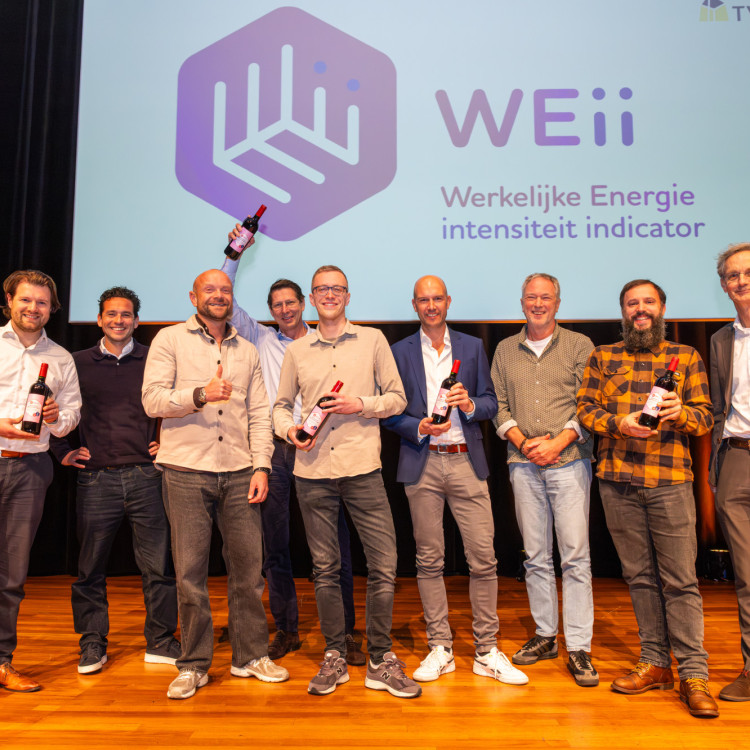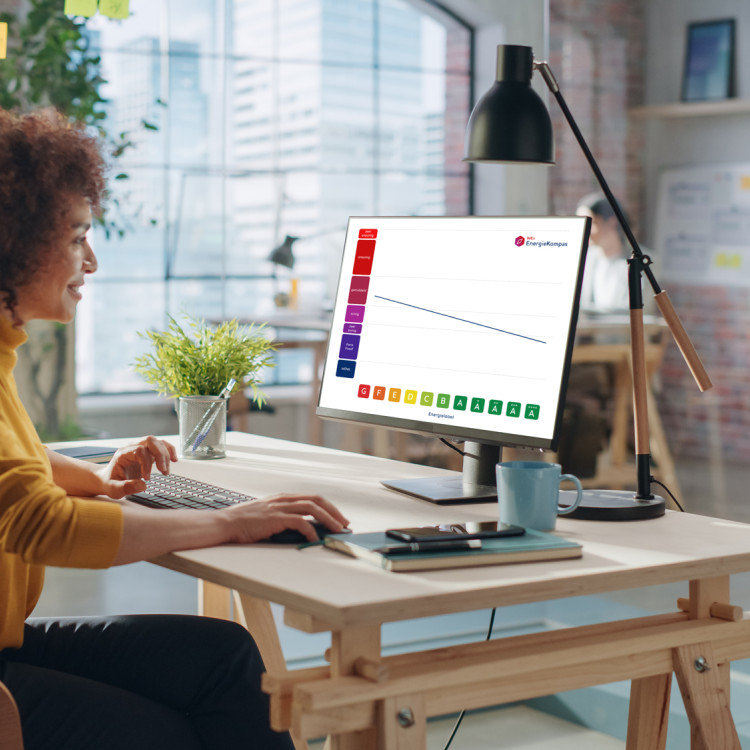This new tool is based on a broadly agreed-upon and unambiguous calculation method. WEii is a trustworthy indicator for the energy efficiency of a building, because WEii is determined in a standardised and objective manner. A building is assessed based on the readings of the energy meter instead of its theoretical energy use. By doing so, WEii greatly contributes to achieving the goals of the Paris climate agreement. Creating insight about the actual energy use facilitates the reduction of the energy use of a building. The effects of measures for saving energy are directly reflected in the WEii of a building, since the actual energy use is reduced, which can be seen on the energy meter.
Dutch climate agreement
The Dutch climate agreement aims at a 95% reduction of greenhouse gases in 2050, based on the greenhouse gas emissions of 1990. For realising this ambition reduction targets for 2050 for the energy performance are set for utility buildings. For instance, new constructions are to conform with the BENG-norm, which is determined with the NTA 8800 method. However, there is a mismatch between the actual energy use of buildings and the expected energy use based on a theoretical calculation. WEii is developed to address this mismatch and thereby to provide insight into the actual energy use of buildings.
By and for the market
WEii is an initiative by DGBC and TVVL. Both organisations are convinced of the importance of measuring the actual energy use, and work in order to support this principle. In 2017 DGBC introduced the Paris Proof approach, and TVVL is the initiator of WENG (Dutch acronym for truly energy neutral building). These concepts for buildings are now translated to scores on the WEii ladder, with classes ranging from very uneconomical to Paris Proof and WENG.
WEii is developed by and for the market. In the past years a diversity of governmental organisations and authoritative market players, such as TNO, E-Nolis, DWA and Rijksvastgoedbedrijf, have contributed to the development of the calculation method. Enforcing bodies have also already signalled their interest in WEii, since it allows for enforcing regulations based on the quick and correct identification of the energy performance of a building.
Straightforward and accessible
As programme manager at DGBC Martin Mooij is involved in the development of WEii. He identifies many possibilities with regards to the applicability of the tool. “It is really simple; no technical background is required for filling in the tool.’’ Simplicity is essential, since the energy transition needs to be “comprehensible for everyone.” He therefore underlines the relevance of determining the actual energy use of a building: “It cannot be justified anymore that a building has a good energy label but uses too much energy. The WEii enables combining the theoretical and actual energy use in one unit: the actual energy use.”
Much knowledge
John Lens, the director at TVVL, agrees with Martin Mooij. “The actual energy use has been a topic at TVVL for many years. Partners and non-partners have been included in many sessions, presentations and discussions concerning this topic. The participants have contributed much knowledge, which has been used to develop the calculation method. The process of streamlining in combination with the insights of DGBC strengthens the applicability of WEii for enforcing bodies, building operators, users, monitoring companies et cetera. Calculations for new construction can be completed using BENG. If the building is in-use, the BENG-ambitions can be indicated using WEii.”



